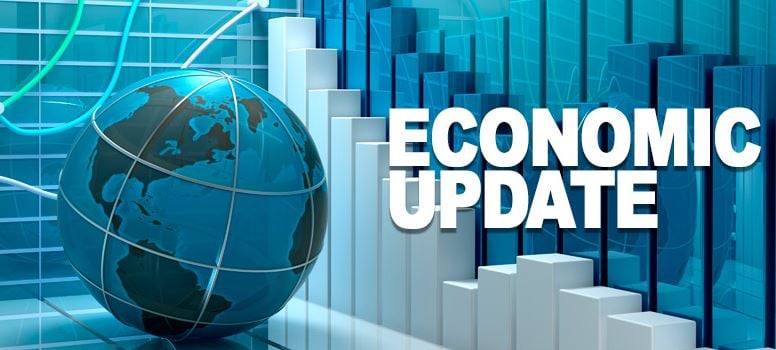This article is provided by ITR Economics in partnership with IMEC.

Inflation
US Consumer Price Index (CPI) inflation ticked down to 8.3% in August, descending from a tentative peak rate of 9.1% set in June. Consumers have responded to high inflation by cutting back on some discretionary goods purchases. For producers, meanwhile, prices came in 12.7% above the year-ago level in August, retreating from June’s inflation rate of 18.3%. In both cases, declining energy prices have accounted for a portion of the disinflation (prices still rising, but at a slowing rate). According to the American Automobile Association (AAA), regular gas prices peaked in mid-June at a nationwide average of $5.02 per gallon. As of this writing, the national average was $3.71.
Businesses are likely still looking to pass cost increases along to consumers; however, this will be more difficult as the environment shifts toward disinflation and consumers, contending with a macroeconomy on the back side of the business cycle, remain price-conscious. Price increases will likely require more transparency on the part of businesses; customers and clients may be more amenable to increased prices when the reasoning behind them is communicated.
Interest Rates
2022’s elevated interest rates (relative to the historically low rates of 2020−21) have made borrowing more expensive for businesses and consumers alike. Higher mortgage rates are exacerbating the affordability issues that have taken hold as home prices rise faster than income. This is resulting in decline in single-family residential construction.
On the business side, monthly corporate bond yields have more than doubled from a mid-2020 low. However, the higher borrowing costs for your business should not completely deter you from making any investments. In fact, given the likelihood of ongoing rise in labor costs for the coming years, investments that decrease your labor dependence or increase efficiencies will likely remain worthwhile. Be sure to determine the probable return on any potential investment; ensure it is truly in your and your business’s best interest.
The Federal Reserve
Federal Reserve monetary policy is a major factor for the economy this cycle. The Fed began raising the federal funds rate from near zero in March of this year and began reducing its balance sheet (quantitative tightening) in June. The Fed has since raised rates by more than 2%, the fastest pace of rise since the early 1980s. Further rise is expected, as the Fed has signaled that it is not content with inflation simply turning downward, but rather is committed to bringing inflation down to a long-term average of roughly 2%. We at ITR Economics™ are watching the Fed’s actions closely; the Fed has a history of over-tightening, which in some cases has led to economic recession for the US.




